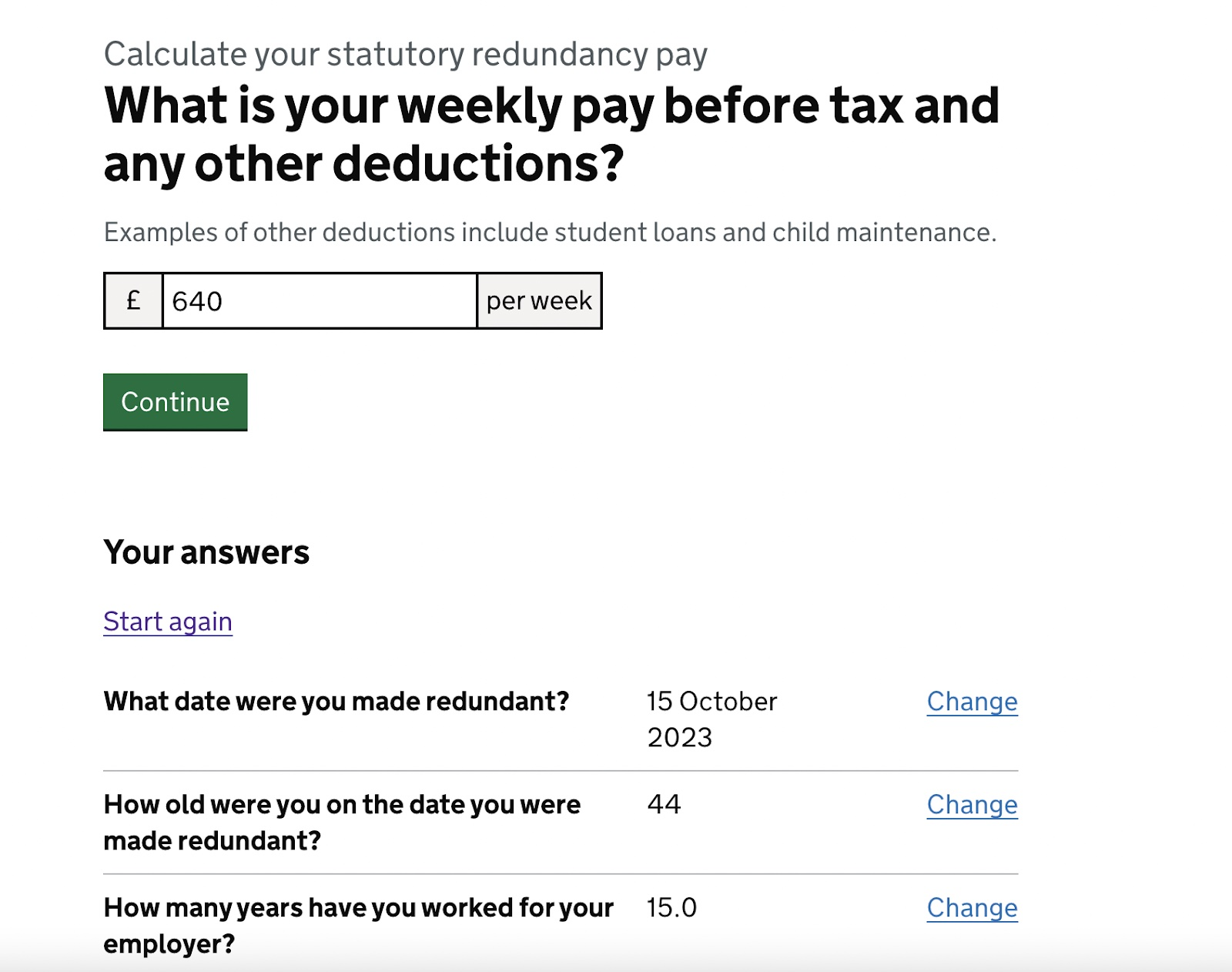Described: If a Company Goes Bust Who Pays Redundancy in the UK?
Described: If a Company Goes Bust Who Pays Redundancy in the UK?
Blog Article
Examining the Interaction Between Business Redundancy and Business Adaptability for Future Growth
In the dynamic landscape these days's organization world, the elaborate relationship between firm redundancy and organizational flexibility emerges as an essential aspect for continual growth and success. Business usually deal with the difficulty of striking a delicate balance in between maintaining a degree of redundancy to reduce dangers and fostering adaptability to respond quickly to the ever-evolving market needs. This delicate interaction holds the key to not just making it through in stormy times yet likewise prospering when faced with uncertainty. As we check out the diverse dimensions of this interplay, appealing understandings right into how companies navigate these intricacies to pave the method for future development await.
Importance of Company Redundancy
Business redundancy is an important element that boosts organizational strength and minimizes operational dangers. By incorporating redundancy steps within the business framework, companies can better endure unanticipated disturbances and fluctuations in business atmosphere. Redundancy works as a strategic buffer, permitting firms to adapt and respond efficiently to unanticipated obstacles without compromising important procedures.
One secret facet of the value of business redundancy is its role in making sure connection during times of crisis. When confronted with sudden modifications or emergency situations, repetitive systems, resources, or personnel can action in to keep essential functions and stop widespread disruptions. This continuity not only safeguards the firm's online reputation and customer trust fund but likewise decreases financial losses and functional downtime.

Approaches for Organizational Adaptability

An additional crucial method is buying innovation and framework that can sustain flexibility and scalability. Carrying out electronic devices, automation, and data analytics can enhance procedures, boost efficiency, and supply useful insights for educated decision-making. Moreover, creating versatile organizational frameworks that permit fast changes to market dynamics and customer demands is important for remaining affordable in a swiftly advancing setting. By proactively determining prospective disruptions and possibilities, companies can proactively thrive and adjust in an ever-changing organization landscape.
Harmonizing Redundancy and Versatility
Achieving a harmonious stability between functional redundancy and organizational flexibility is paramount in browsing the complexities of a dynamic organization environment. Striking the ideal equilibrium between redundancy and versatility is a fragile procedure that calls for a deep understanding of the organization's objectives, sector dynamics, and danger resistance.
To attain this equilibrium, business need to conduct normal analyses of their procedures to determine locations where redundancy is essential for risk reduction and where flexibility can drive technology and development. Executing versatile frameworks, promoting a society of continual discovering and renovation, and urging open communication across all levels of the company are essential approaches to harmonize redundancy and flexibility effectively. By aligning these two essential aspects, companies can position themselves for lasting growth and success in an ever-changing business landscape.
Study on Adjustment Success
In examining instances of effective business adaptation, it ends up being obvious that the interplay in between functional redundancy and adaptability is a specifying variable in forming resistant businesses. One engaging study is that of Netflix. Originally a DVD rental solution, Netflix showed exceptional flexibility by transitioning right into a streaming platform when digitalization interrupted the industry. By strategically purchasing technology and material creation, Netflix not just endured however prospered in a quickly progressing market. Another standout instance is Amazon. Starting as an online book shop, Amazon continuously adjusted its business design, expanding right into varied industries such as cloud computer and expert system. This flexibility permitted Amazon to stay ahead of rivals and meet altering customer demands. Finally, Adobe provides a notable image of successful adaptation. The company changed from marketing software application check out this site licenses to a subscription-based version, ensuring persisting earnings streams and enhanced client involvement. These study highlight the importance of functional redundancy paired with organizational adaptability in promoting lasting development and competitiveness.
Structure Strength for Future Development
Building strength for future growth requires a critical positioning of operational processes with market characteristics and arising trends. Companies should adapt to altering settings by fostering a society of versatility, advancement, and continuous enhancement.
In addition, fostering strong partnerships with stakeholders, such as clients, staff members, vendors, and the area, is essential for keeping and weathering unpredictabilities trust and support throughout stormy times. Efficient communication and openness play a vital role in building strength, as they help align assumptions and help with collaboration in navigating unpredictabilities.
Furthermore, organizations require to focus on learning and advancement efforts to upskill staff members and equip them browse around here with the required devices to adjust to transforming situations. By buying their labor force, firms can boost their adaptability and dexterity, eventually reinforcing their strength for sustainable future growth.
Conclusion

In the dynamic landscape of today's service globe, the elaborate partnership between business redundancy and business adaptability arises as a crucial variable for continual development and success. Companies commonly More Info encounter the challenge of striking a fragile equilibrium in between keeping a degree of redundancy to mitigate threats and promoting versatility to respond swiftly to the ever-evolving market demands.To attain this equilibrium, companies need to carry out normal assessments of their operations to determine locations where redundancy is needed for risk mitigation and where flexibility can drive development and growth.In final thought, the interaction between firm redundancy and business adaptability is vital for future development. Structure strength via a combination of redundancy and adaptability will guarantee that companies are prepared for the obstacles of the future.
Report this page